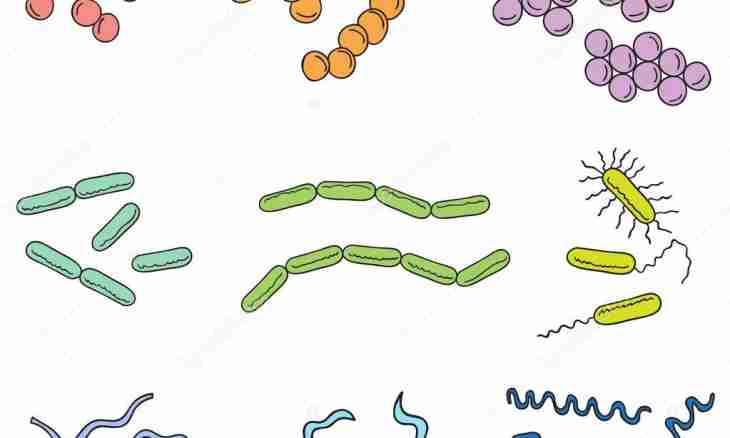Studying bacteria and their influence on human health began at the end of the 17th century. Then was considered that bacteria appear independently in the putrefactive environment, favorable for them. However later, at the end of the 19th century, it became clear that bacteria breed and are carriers of infectious diseases. They get to an organism through wounds and microcracks of skin and mucous membranes, and then begin to poison an organism with the toxic action.
Instruction
1. Pathogenic (pathogenic) bacteria are defined on the basis of biochemical analyses. For their identification the method of coloring of colonies of bacteria is used. The fact is that the cellular wall of bacteria is resistant to decolouration after use of special dyes. If she becomes colourless, the bacterium is called gram-negative if she is not present – gram-positive. On the basis of researches to the patient appoint any given antibiotic.
2. To grow up the colony of bacteria suitable for a research, it is necessary to make their crops on the cultural environment (meat broth, partially digested protein, whole blood, serum, etc.).
3. Take the special tool (cotton or glass stick) a microbiological sample (dab) from a mucous membrane or from a wound of the patient.
4. Strongly part a sample with water that concentration of bacteria was minimum, apply a solution droplet on curing the agent of the cultural environment. The agent (usually it is an agar which is not digested practically any species of bacteria) is necessary as a semisolid substrate for cultivation of colony of bacteria.
5. In a day on a surface of the curing agent there is a noticeable muddy film - the colony of bacteria which is grown up practically from one microorganism.
6. Calcinate a thin wire loop on a spirit-lamp flame and concern it colony of bacteria, and then a water drop on subject glass of a microscope. Evenly distribute a drop on glass, dry up it, warm up over a flame material up.
7. Apply dye on glass, then wash out it under water, dry and place under a microscope.
8. Thus, define a species of bacteria and prescribe the medicines interfering their growth and reproduction. Remember that bacteria are monocelled microorganisms which have no kernel in a cage. They live everywhere where there is an organic chemistry. The soil, water, the earth, people, animals – everything teems with bacteria. Harmful bacteria can cause the serious illness useful, on the contrary, maintain immunity, help to digest, for example, milk food, synthesize vitamins.
